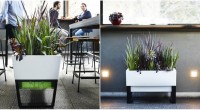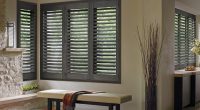Outdoor Tool Storage Shed: An Important & Valuable Structure
Men love playing with their tools, be it to fix a loose nail or to do a full-blown ute makeover. While tool-wielding is deeply ingrained into men’s DNA, organizing them isn’t. Or at least not to the same degree. The confused look following a simple question like “Where did I left my sander?” justifies investing some time to organise your tools. And what a better way to do that than adding outdoor tool storage shed.
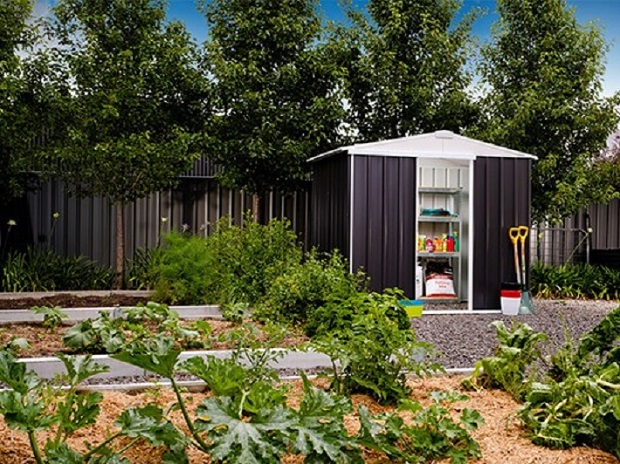
It is a natural progression of life. You used to sneak out to your treehouse in the yard, and now you have the shed – your mini storage house for your present-day toys. Seriously, having a structure dedicated to storing tools in a well-organized manner is super convenient. The toolshed can serve you more functions that what the name implies. You can use it to put away any gardening equipment, bike or anything else that might cause visual clutter in your backyard.
A Prefabricated Shed Is an Instant Solution to Your Storage Problems
At first glance, garden sheds are simple structures. But the shed building process is not, especially if you don’t have previous experience. If you decide to do it on your own, you will need to invest in the proper tools and materials. And there is the risk of making mistakes and not getting exactly what you’re after.
For that reason, most homeowners find it more convenient to purchase a prefabricated outdoor tool storage shed. This is also a great solution if you’re in a hurry and need a place to store your things as soon as possible. Once you order your shed, you will only need to spend a single afternoon assembling it. Nothing more than that.
What to Look for in a Garden Shed
Size
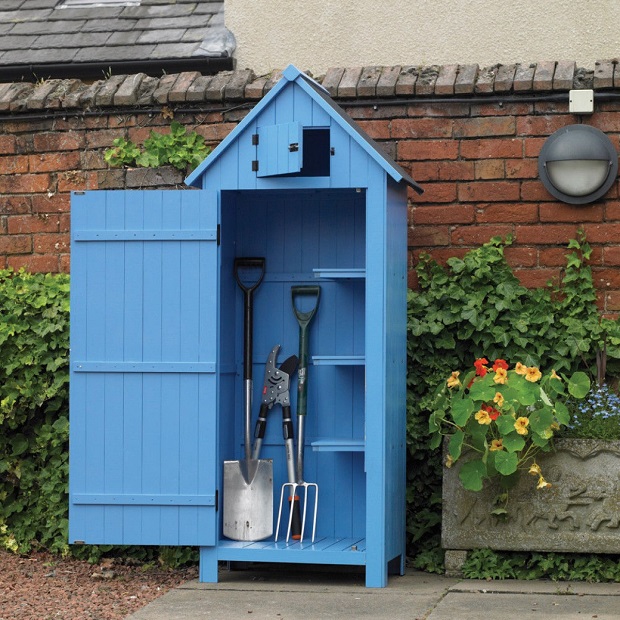
When it comes to gardens, space is always at a premium. Even if you have some extra space in your yard now, chances are you want to be careful with how you actually use it. This is no excuse to discard the garden tool shed idea. It is important to have the right shed for you, and not to go for a size that restricts the movement in the space and makes it feel overcrowded.
Do a little bit of research and you can find local, or at least Australian, brands that offer the size you’re after. The standard measurements are usually: 0.78m x 1.52m x 1.80m (width/depth/height), however other sizes are available too. If you find a supplier that provides custom storage sheds, then you can find the ideal solution for your space.
Materials
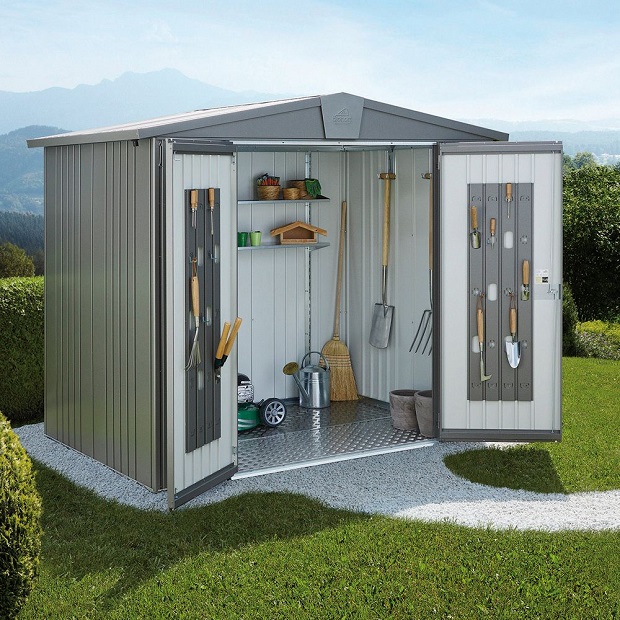
Wood, plastic and metal are the most prevalent choices of tool sheds. Plastic sheds require almost no maintenance, metal sheds are the most durable and sturdy, and wooden, well, they are an attractive traditional option. If you go with quality metal (like Colorbond steel) you can get the best of all three worlds. Colorbond sheds allow you to pick a colour that will perfectly match your exterior. Plus, these types of metal garden sheds will have the longest service life as they are completely rust-resistant.
Roof Style
The design of a shed is straightforward – it is practically a big box. The iterations usually come in the elements that complement this box. Such is the decision on the type of roof which will end up covering the structure. For most, flat roofs seem like a clean and efficient solution, although some go for apex (or reverse apex) roofs. These are convenient if you have a workbench inside and you intend to spend long hours inside. You will be grateful for the extra headspace. If you use the shed to get your tools in an out, a flat roof will do, and it will look sleek under a tree or up against a fence.
Walls and Windows
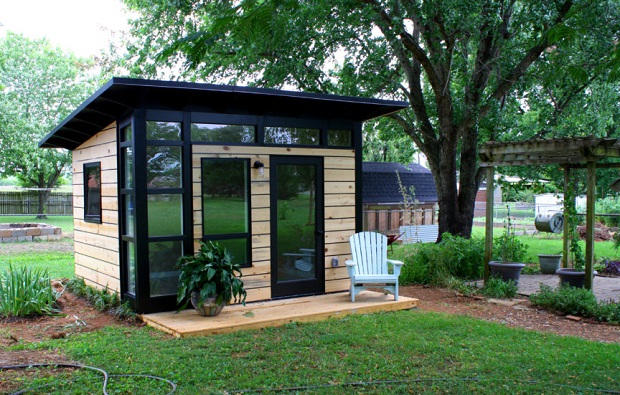
Wall strength depends upon the materials used and the placement of joints in the structure. Garden sheds should have safe edges, meaning less surface to hurt your fingers. The outside walls are better left untouched, while the inside walls can be used to add a little personality to space. You can use a wallpaper or attach plans for future DIY projects. You can also use the walls for a practical purpose and add shelves as extra vertical storage space.
Getting a windowless option is great for storage sheds, it is cheaper and it allows you to use a light source of your choosing inside. On the other hand, the absence of natural light will be tough to bear in a workshop shed. When you do decide to go with windows, your shed can potentially become a stylish addition to the outdoor space. But don’t overdo it – this is not your living room so Venetian blinds are off the table.
Opting for one, or more windows ensures better air circulation and cuts the costs for lighting.
Floor
Double check the detailed specification of the tool shed kit you are after. Some include floors, while others offer them, but at an extra cost. You can even go with a gravel base placed on an elevated ground. However, make sure to avoid placing your shed on damp or wet ground because if you lack proper clearance, the water and humidity will start ruining your shed.
People get creative with shed bases – you can have a wooden frame, railway sleeper, waterproofing plastic. You can even go with concrete slabs or tiles, but keep in mind that this is still a shed and it should not be more presentable than outdoor living elements such as an alfresco kitchen.
Locks
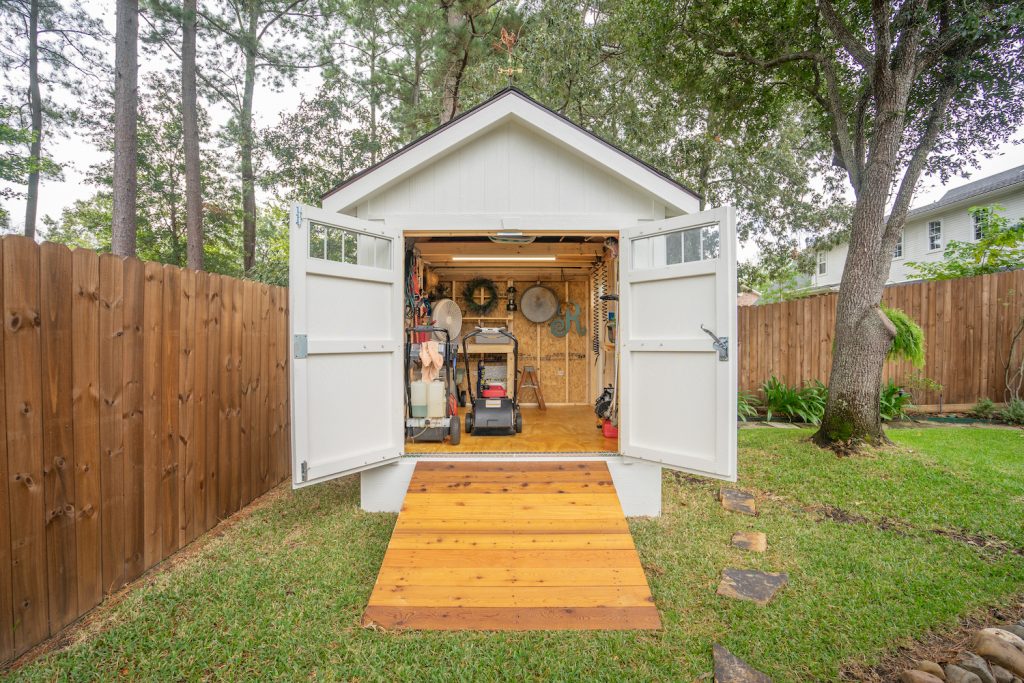
Security is paramount if you plan to store valuable tools inside the shed. There are many solutions out there: turn button closure, hasp and staple, a mortice lock, a rim lock and others. Having a simple padlock is good enough for most shed owners. You can reinforce and brace the doors and opt for a pad bolt. Everything goes as long as you are confident that your shed is secure.


